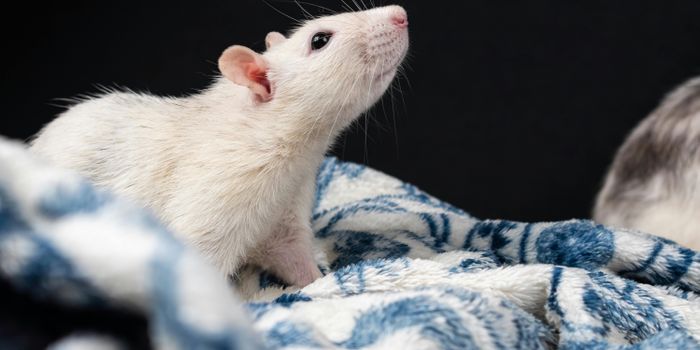The right amount of housekeeping is necessary to maintain clean and functional operations, but throwing away too much can be damaging. What if something important is thrown away by mistake?
Microglia are the immune cells of the central nervous system, recruited to break down dead tissue and fight pathogens at an infection sight. Microglia pruning the brain by removing old or broken nerve connections are just as important as those creating new connections.
Microglia maintenance of nerve connections is required for proper brain signaling, the complex communication between neurons that allows people to learn and remember new information over time. Graduate student Rebecca Lowery from the University of Rochester Medical Center described microglia activity like a garden.
“Every once in a while you need to prune dead branches and pull up weeds in order to allow new flowers to grow,” she said.
Brain signaling is certainly a complicated network of connections, one which is constantly reorganized. Scientists, like those in Lowery’s lab, call this reorganization “neuroplasticity.” The same scientists also ask this question: how exactly do neurons and microglia work together to maintain neuroplasticity?
In their new study, University of Rochester Medical Center scientists measured neuroplasticity in mice by observing how neurons respond to “visual information received by the brain” when vessels conveying neural connections are reduced from two eyes to one eye. The study was recently published in
Nature Communications.
The microglia target the synaptic cleft, the space between the end of an axon and the neighboring neuron, where action potentials pass through (
Columbia). The scientists found that microglia physically disconnect links made irrelevant by the vision switch to information collection from one eye instead of a pair. However, connections recognized by microglia as still necessary were left unaltered. This system is similar to how microglia remove dead tissue after being activated and recruited to an infection site.
The same research team also discovered a receptor called P2Y12 that needs to be “on” for microglia to remove certain connections whose deletion is required for healthy brain signaling.
However, like many other imperfect systems in the human body, microglia activity is prone to error-making. Scientists believe that connections removed due to microglia error could have connections to autism spectrum disorders, schizophrenia, and dementia. Identifying specific microglia missteps and learning how to prevent or reverse the mistakes could have a significant impact on these disease categories.
Source:
University of Rochester Medical Center









